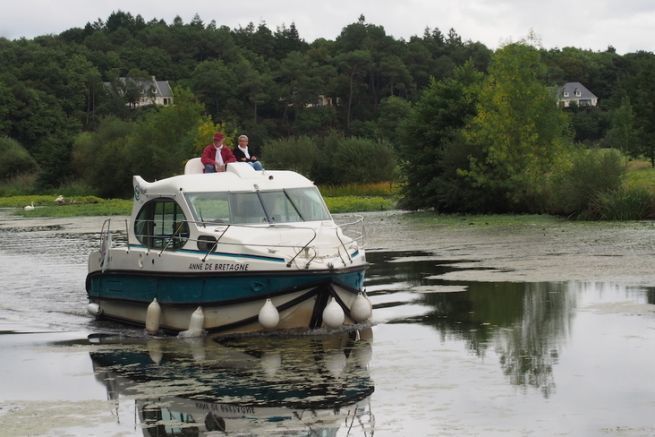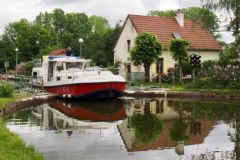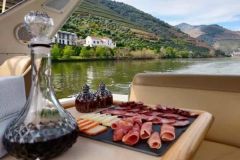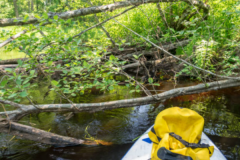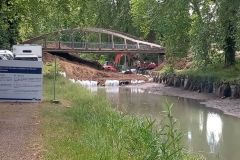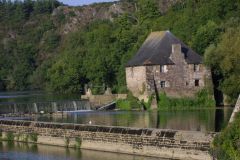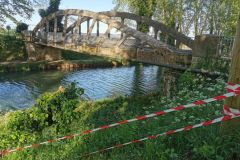Our waterways are invaded by invasive plants that colonize river waters. Water primrose, of course, but also milfoil, an aquatic plant with long stems floating between two waters that wrap themselves around propellers and clog the blades until they become totally ineffective. Sucked in by the engine cooling pumps, they clog the filters and even cause engine breakdowns.
Ornamental plants
These aquatic plants came into the natural environment after being sold to adorn ornamental ponds or as natural filters for aquariums. This much sought after filtering ability is now the characteristic that makes them so difficult to eradicate. Heterophyllous milfoil, for example, likes clear water where light favors its growth. Its ability to filter makes the water even clearer, creating a real vicious circle.
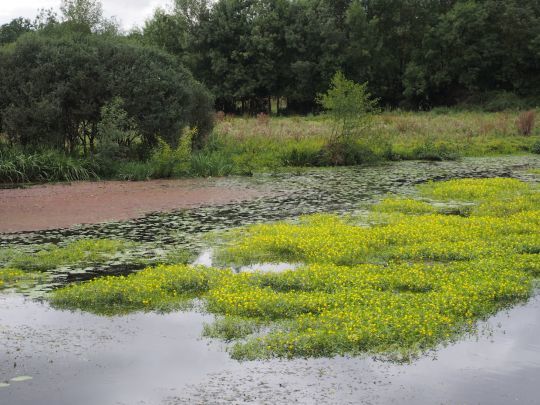
The floating caterpillar
The water primrose is a pretty plant with yellow flowers. At the slightest removal, its rhizomes disperse and are carried by the current to colonize other spaces. It develops to the detriment of native species. In Mayenne, awareness campaigns ask sailors to keep their distance to avoid that the propeller movements facilitate the propagation. The fight carried out by the services of the department uses amphibious, floating and caterpillar machines which collect the plants as completely as possible.
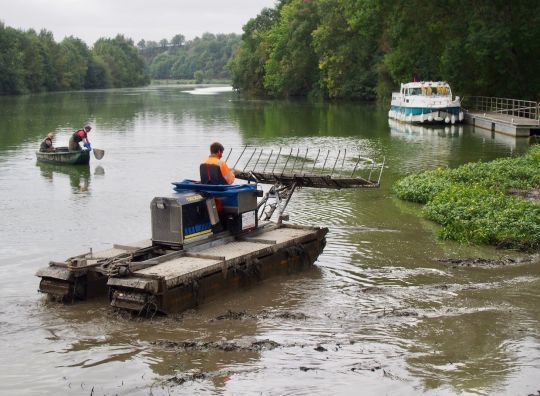
A dazzling growth
Heterophyllous milfoil stretches in long filaments. Its growth is spectacular: up to 30 centimeters per week in good conditions! Moreover, a very small fragment of this plant is enough to allow the development of a new plant. This imposes infinite precautions during the operations of mowing to avoid the dissemination. Simple mowing or uprooting is not enough to fight against the invasion and even seems to facilitate the propagation if they are carried out without precaution.
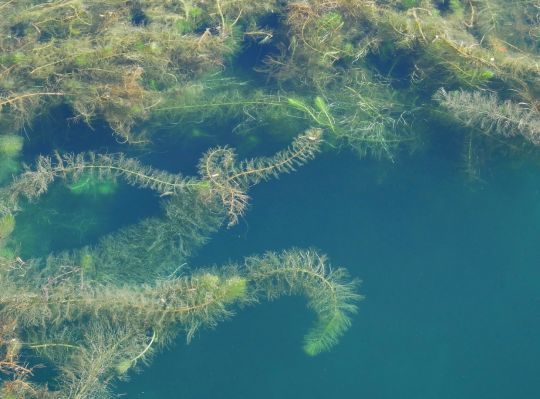
VNF on the front line
Faced with this problem for several years, Voies Navigables de France has relied on the research of the University of Lorraine to experiment with viable solutions to this progressive asphyxiation of waterways. The site of the water station of Saint-Jean-de-Losne was chosen as a study site. This basin at the confluence of the Saône and the Canal de Bourgogne has been invaded for several years, to the point that nautical activities have become almost impossible in this port which can accommodate up to 650 boats.
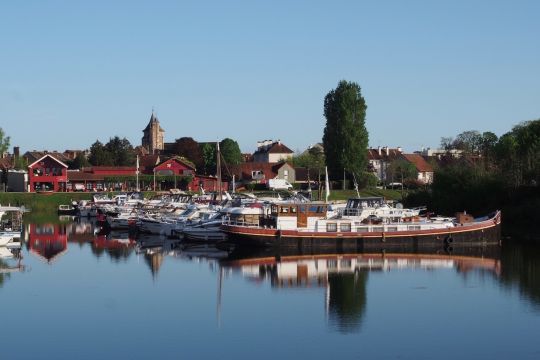
Blue lagoon water...
Several joint actions are currently being carried out. The first one is the mowing with a collection of the cut plants which are taken out of the water to avoid the dissemination. In addition, the aquatic environment is seeded with micro-organisms that absorb the nutrients that the plant feeds on. More surprisingly, a photosynthesis-inhibiting dye is added to the water. Its mirror effect reflects a part of the light which slows down the development of the plant. On the other hand, the water takes on an unusual postcard blue color
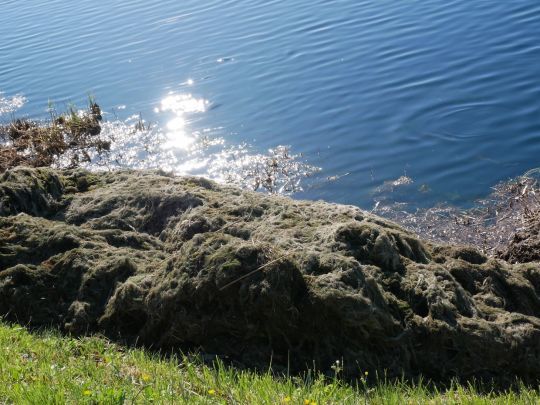
First results expected in the fall of 2022
To allow a relative containment of the water in the water station without interrupting navigation, successive curtains of bubbles block the outlet channel to the Saône. This will ensure that the results of the study are conclusive and that the products added to the water are not dispersed without precaution into the natural environment. The results of this experiment will be measured at the end of the season around October 2022. We can only hope that permanent solutions will be found to curb the invasion which is to the detriment of local species.
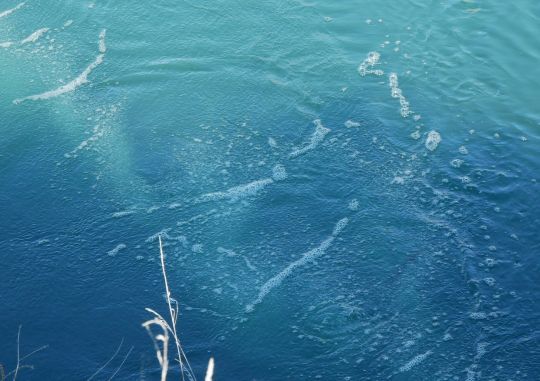
In Mayenne, on the Canal de la Robine, in the Marais Poitevin, in Burgundy and elsewhere, invasive aquatic plants are colonizing the environment. The fight is being organized. Let's hope that, in addition to being effective, the solutions adopted will be sufficiently gentle so that the remedy will not be worse than the evil.

 /
/ 